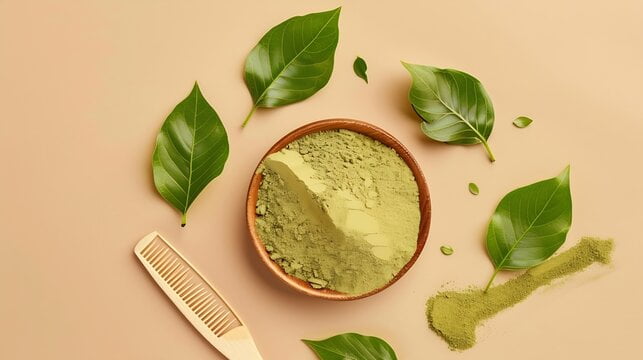
The Ultimate Guide to Mehandi Powder: Everything You Need to Know
Introduction
Mehandi powder, also known as henna powder, has been a cornerstone of traditional body art for centuries. This natural pigment is celebrated for its ability to create intricate, beautiful designs on the skin. Whether you’re a seasoned mehndi artist or a DIY enthusiast looking to explore this art form, understanding mehandi powder is essential. In this comprehensive guide, we’ll delve into what mehandi powder is, its benefits, and how to use it to achieve stunning results.
What is Mehandi Powder?
Mehandi powder is derived from the leaves of the Lawsonia inermis plant, commonly known as the henna plant. After harvesting, the leaves are dried and ground into a fine powder. This powder is then used to create a paste that, when applied to the skin, produces a temporary stain that can last from one to three weeks. The rich, reddish-brown color is a result of lawsone, a natural dye found in the henna leaves.
Benefits of Using Mehandi Powder
- Natural & Chemical-Free: Unlike synthetic dyes, mehandi powder is a natural product, making it a safe choice for all skin types. It’s free from harsh chemicals, ensuring a gentle and eco-friendly alternative for body art.
- Skin Conditioning: Henna has natural cooling properties and can help soothe the skin. It also contains conditioning agents that leave the skin feeling soft and smooth.
- Customizable Color: The depth of the color can be adjusted by the duration of application and the specific mix of ingredients used. You can achieve everything from light orange hues to deep, rich browns.
- Versatile Application: Mehandi powder isn’t just for body art; it can be used for hair dyeing, as a natural remedy for dandruff, and even in skincare products for its soothing properties.

How to Prepare and Apply Mehandi Powder
1. Preparing the Paste:
- Ingredients: You’ll need henna powder, a liquid (like lemon juice, tea, or water), and optional additives like essential oils or sugar for better staining.
- Mixing: Combine mehandi powder with your chosen liquid until you achieve a smooth, thick paste. Let it sit for 6-12 hours to allow the dye to release fully.
2. Application:
- Preparation: Clean and dry the area of skin where you plan to apply the paste.
- Application: Use a cone, brush, or applicator to create your design. For intricate patterns, a fine-tipped applicator is best.
- Drying: Allow the paste to dry completely. For optimal results, leave the paste on the skin for 6-8 hours or overnight. The longer the paste stays, the darker the stain will be.
3. Aftercare:
- Removing Paste: Gently scrape off the dried paste. Avoid using water immediately, as this can dilute the stain.
- Enhancing the Stain: Apply a mixture of lemon juice and sugar to the stain to help darken and prolong its duration.
Choosing the Right Mehandi Powder
When selecting henna powder, consider the following:
- Purity: Opt for 100% pure, organic henna powder to ensure a natural application and vibrant results.
- Freshness: Check the packaging date to ensure the powder is fresh. Older powder may not produce the best color.
- Reviews and Brand Reputation: Look for reputable brands with positive reviews to ensure quality and reliability.
Conclusion
Mehandi powder is more than just a tool for body art; it’s a versatile and natural product with a rich history and numerous benefits. By understanding how to prepare and apply mehandi powder, you can create beautiful, lasting designs that reflect your personal style. Whether for special occasions or everyday creativity, henna powder offers a beautiful, natural way to adorn your skin.
Ready to try it out? Explore our range of premium mehandi powders and start your journey into the art of henna today!





